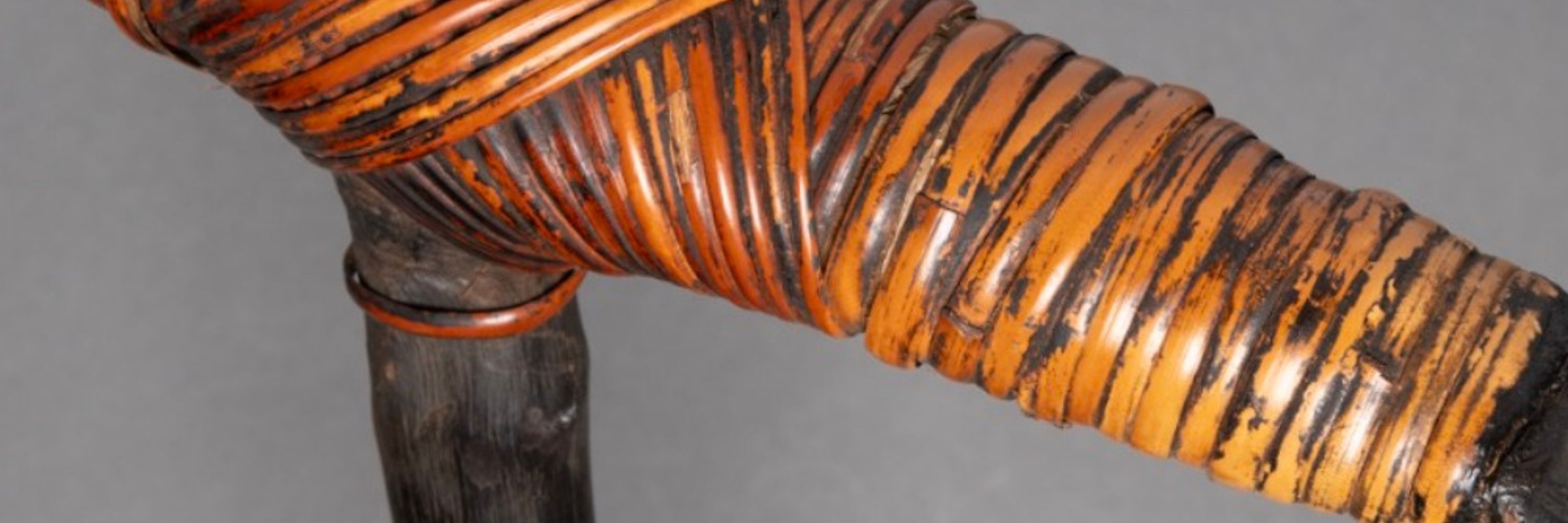Chris Buckley
@chrisbuckley.bsky.social
580 followers
420 following
280 posts
Anthropologist with interests in cultural evolution, phylogenetics, classical methods, weaving. Interface of archaeology and ethnography. Author of "Stone and Fiber: Daily life in the Baliem valley, Papua".
Posts
Media
Videos
Starter Packs
Reposted by Chris Buckley
























